Guide to Stretching Before a Run
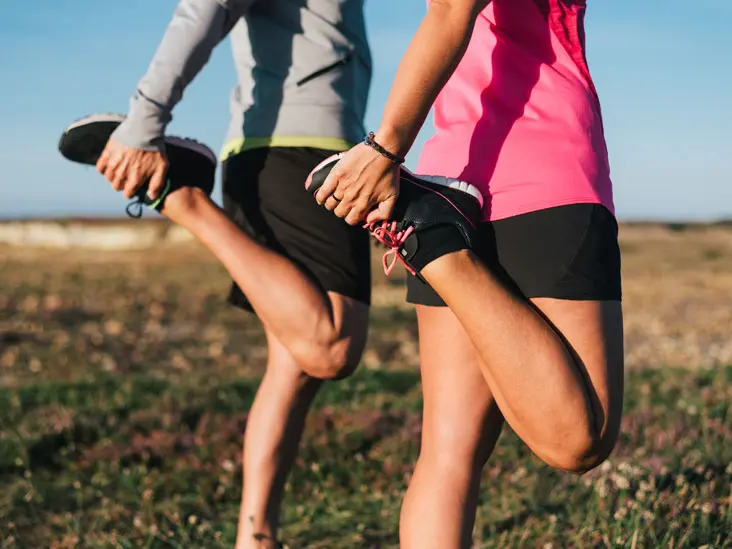
Why is Stretching Important? Before a Run: Stretching before a run warms up your muscles and helps prevent injuries. Dynamic stretches are especially recommended before a run. Dynamic stretches like leg swings and lunges get your blood flowing and improve flexibility. This makes running feel easier and more efficient. It also reduces stiffness and helps […]
Top 10 Performance Tips to Run Stronger and Injury-Free.

Top 10 Performance Tips to Run Stronger and Injury-Free. Understand the Risks: Overuse Injuries Are Common Overuse injuries are damages to parts of your body, such as ligaments, tendons, muscles and bones due to repetitive stress. You know you have an overuse injury if you notice symptoms such as pain and inflammation in the area […]
Can runners’ gait be effectively re-trained?

Running mechanics have often been cited as potential causes for running-related injuries. It is believed that altering one’s mechanical pattern may lead to reduce the loads on tissues and joints. Altering your running technique is not an easy task, as locomotion is thought to be pretty much automatic and difficult to change. There are 2 […]
The hip anatomical alignment and flexibility
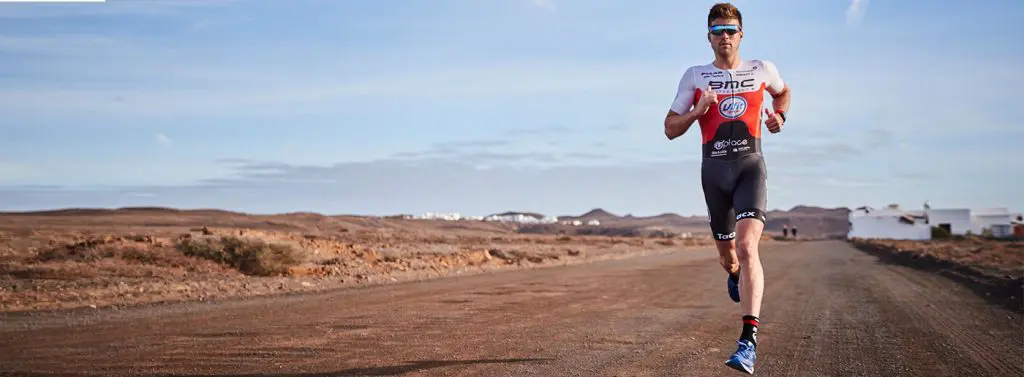
There are very few scientific proofs about the reliability and validity of hip and pelvic alignment measures. A longer or shorter leg has often been pointed out as having an impact on biomechanics and joint injury. From the literature, a leg length discrepancy – LLD – has to be over 20mm, measured on an X-ray. […]
Assessing hip mechanics for runners

Over the past 20 years, the hip joint has been focused as a key injury predictor. When the knee flexes, internally rotates and abducts during the first half of stance, the hip works in a similar fashion. After heel strike and during the first third of the stance the hip flexes then undergoes almost full […]
The importance of our knee muscles flexibility
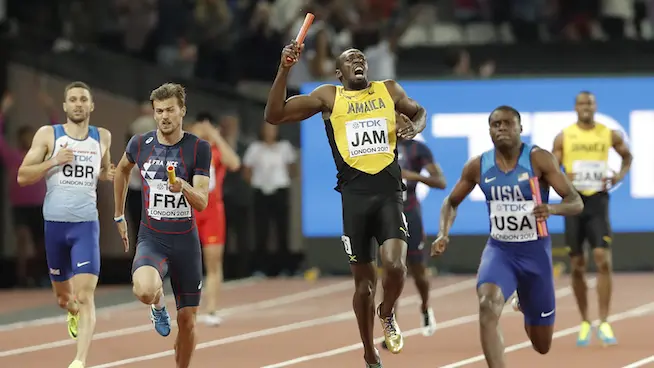
There is a hole in scientific research when assessing our knee muscles. While the quadriceps and hamstrings have been studied quite extensively, others, like the IT band, our adductors, and sartorius have an unknown contribution to the gait mechanics. The flexibility of the hamstring – the back of our thigh – seems to be critical […]
The anatomical alignment of the knee

It has been discussed for a long time that our pelvis/hip structure may influence the running-related injury rate. An increase of the Q-angle – the angle between the femoral bone and a vertical line – has often been described as a risk factor, putting more load on the outside part of the kneecap. Science […]
The basics of running knee biomechanics
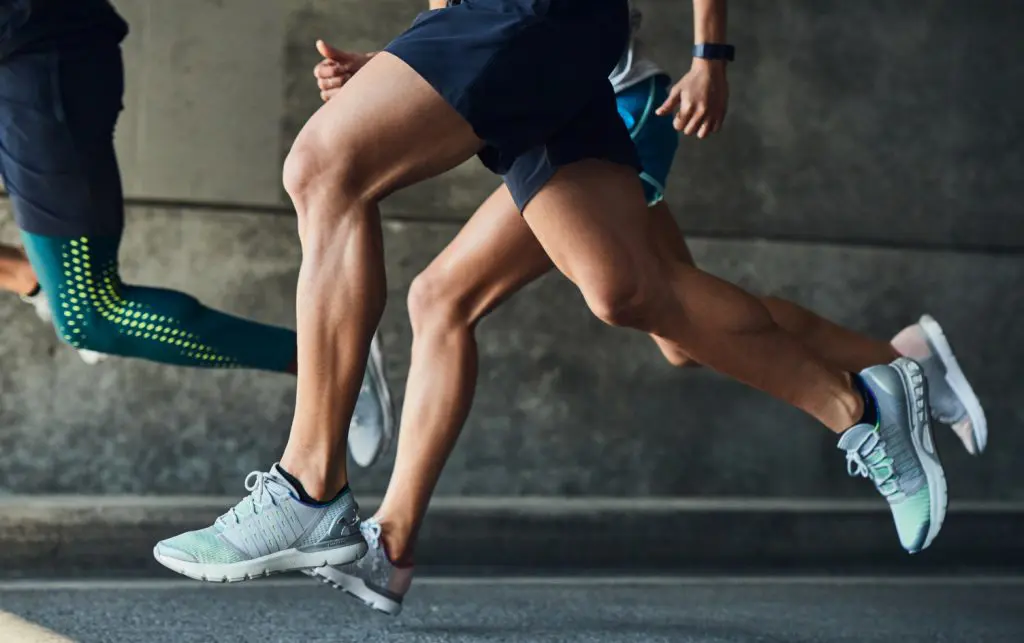
During foot pronation, with the rearfoot fixed to the ground, your leg will usually follow the movement of your upper ankle. It means that the tibia – leg bone – being tightly locked with the talus – ankle bone -, we see a medial move of the ankle – adduction -, an internal rotation of […]
Foot orthotics and running
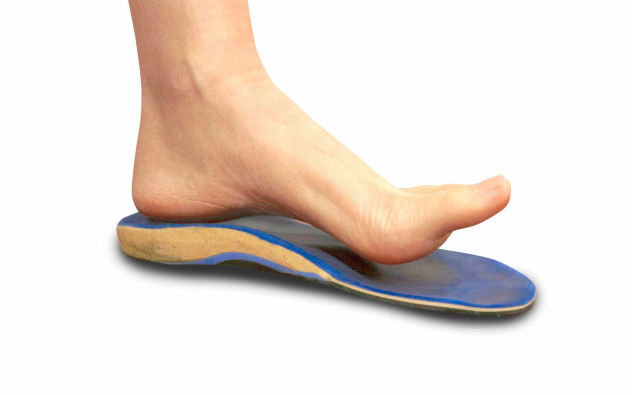
Foot orthotics have been proven to help with the treatment of running-related musculoskeletal injuries. 70 to 80% of people with chronic knee injuries get substantial benefits from such items. While several studies have shown a good amount of help with pain control, we do not really understand why the orthotics help so much. The mechanism […]
Foot mechanics #2

During the first half of the stance, the midfoot and the forefoot do the majority of the work, in comparison to the rearfoot. The natural movement associated with the rearfoot eversion is a combination of vertical and medial midfoot displacement. This means that a tight arch will have you compensate with the rearfoot. The arch […]

